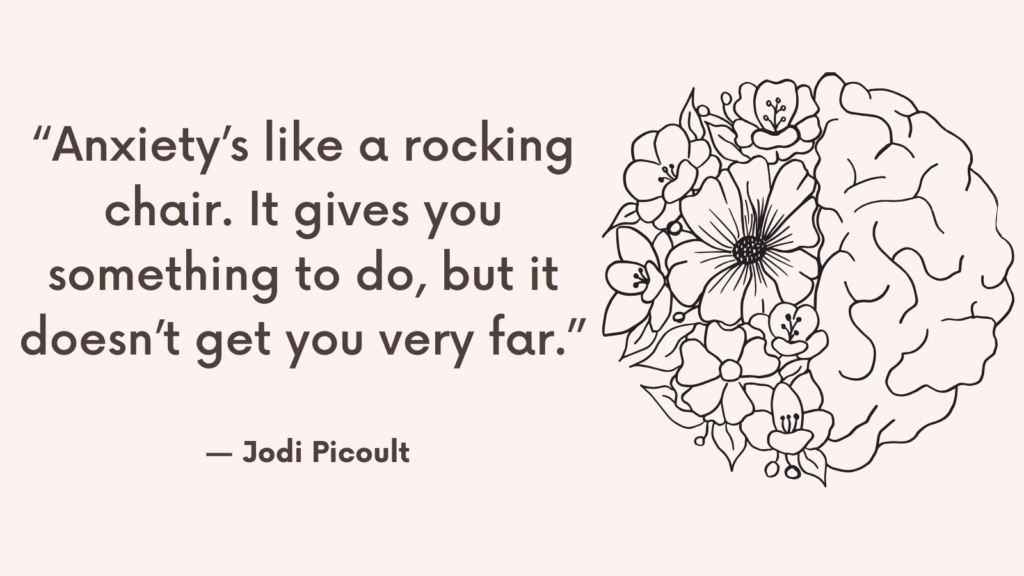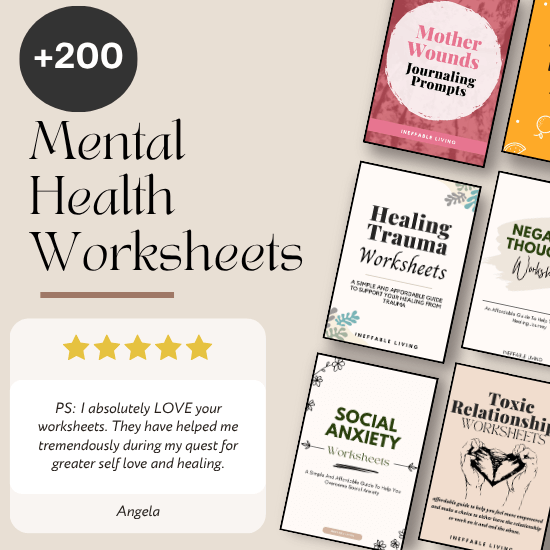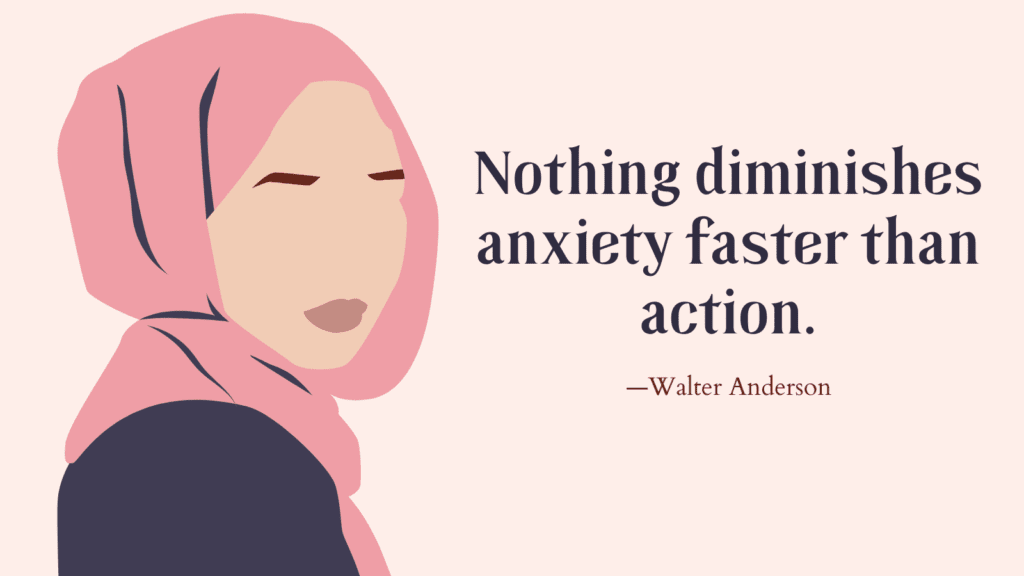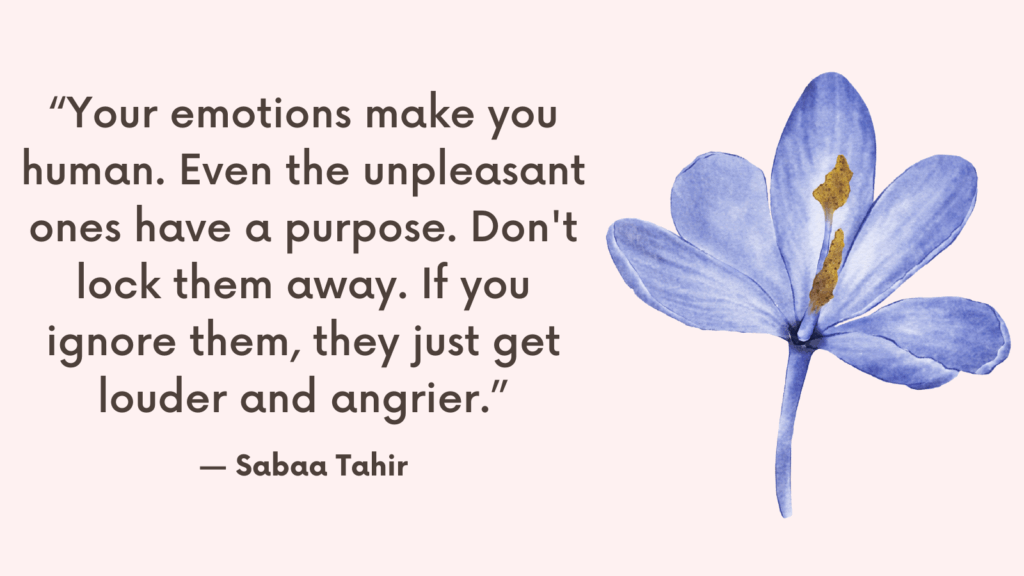Social anxiety doesn’t just affect your thoughts — it impacts your body. Racing heart, trembling, sweating, and nausea are all signs that your nervous system feels unsafe. The goal isn’t to eliminate these sensations, but to work with your body to regulate and calm them in the moment.
Why the Body Reacts to Social Stress
When you experience social anxiety or stress, your body reacts as if you’re facing a real threat — even though the “danger” is usually emotional, not physical. This intense physical response is rooted in human survival mechanisms designed to keep you safe. Understanding why your body reacts this way helps reduce fear and builds compassion for yourself.
1. The Fight-or-Flight Response Gets Activated
Social stress activates the amygdala, the brain’s fear center. This triggers the sympathetic nervous system, which prepares your body to either fight the threat or flee from it.
Result: racing heart, tense muscles, shallow breathing, sweating
2. The Brain Doesn’t Distinguish Between Physical and Social Threats
To your survival brain, being judged, rejected, or embarrassed can feel as threatening as being physically attacked. Evolutionarily, being cast out from the group could mean danger — so your body reacts strongly to perceived social risks.
3. Adrenaline and Cortisol Flood Your System
Your body releases stress hormones like adrenaline (for immediate response) and cortisol (for sustained alertness).
Result: dry mouth, shakiness, upset stomach, tunnel vision
Related: 30 Day Social Anxiety Challenge That Will Help You Feel More Confident
4. Your Body Is Trying to Protect You
Each symptom is a form of protection:
- Rapid heart rate prepares you to move
- Sweating cools your body for action
- Dilated pupils help you scan for threat
- Tense muscles get you ready to defend or run
5. Social Pain Is Processed Like Physical Pain
Neuroscience shows that rejection and humiliation activate the same brain regions as physical injury. This is why social stress hurts — literally.
6. Chronic Stress Keeps Your System On High Alert
If you experience frequent social anxiety, your nervous system may become sensitized — reacting to even low-level social interactions as high-stakes events.
7. Hypervigilance Fuels More Symptoms
When you start monitoring your symptoms (“I’m sweating — they’ll notice!”), it creates a feedback loop. The anxiety about symptoms increases the symptoms, reinforcing the fear.
Related: Best 10 Books For Social Anxiety
How to Manage Physical Symptoms of Social Anxiety
1. Racing Heart or Chest Tightness
What to Do:
- Practice slow, paced breathing: inhale for 4, hold for 4, exhale for 6
- Place your hand on your chest and repeat: “I am safe. This will pass.”
- Focus on your breath instead of your pulse
2. Shaky Hands or Legs
What to Do:
- Squeeze your fists for 5 seconds, then release
- Hold a small item like a pen or ring to direct the nervous energy
- Rest your hands on your lap or a table to steady them
3. Sweating or Feeling Hot
What to Do:
- Wear light, breathable fabrics
- Carry a napkin or tissue discreetly
- Sip cool water and avoid caffeine beforehand
Related: Best 17 Journal Prompts For Social Anxiety
4. Dry Mouth or Trouble Speaking
What to Do:
- Take slow sips of water
- Use sugar-free mints or gum to activate saliva
- Speak slowly and pause to gather your words
5. Nausea or Stomach Discomfort
What to Do:
- Eat a light, familiar meal before the event
- Use deep belly breathing to calm the gut
- Know where the bathroom is, even if you don’t use it
6. Muscle Tension or Clenched Jaw
What to Do:
- Gently stretch your neck, shoulders, and arms
- Do a quick scan: relax your face, jaw, and hands
- Shrug your shoulders up and drop them with a long exhale
Related: 11 Tips on How to Cope with Anxiety During Summer Social Events?
7. Feeling Dizzy or Lightheaded
What to Do:
- Sit down and breathe deeply into your belly
- Press your feet into the floor and focus on your body
- Name things you see to ground your focus externally
8. Tunnel Vision or Blurry Sight
What to Do:
- Blink slowly and look around the room
- Identify 3–5 objects by name
- Focus on one fixed point until your vision clears
9. Adrenaline Rush or Urge to Leave
What to Do:
- Acknowledge it: “This is just adrenaline — it will fade”
- Step outside or take a break if you need to
- Repeat a grounding phrase like: “I’m here. I can handle this.”
10. Feeling Frozen or Unable to Move
What to Do:
- Wiggle your fingers or toes to reconnect to your body
- Shift your posture or change your position
- Whisper your name and the current date to bring yourself back
Related: How to Manage Anxiety While Traveling: A Complete Guide
Long-Term Strategies for Social Anxiety
1. Build a Gradual Exposure Plan
Avoidance keeps social anxiety alive. Start small and face situations that trigger anxiety in manageable steps.
- Make brief eye contact with a stranger
- Say hello to someone you see regularly
- Attend a small gathering for 30 minutes
Repeat exposure helps desensitize your nervous system and reduces avoidance over time.
2. Practice Cognitive Restructuring
Learn to recognize and challenge anxious thoughts that distort reality.
- “Everyone will think I’m awkward” → “Most people are too focused on themselves to judge me”
- “If I mess up, it’ll be awful” → “It might feel uncomfortable, but I can handle that”
Journaling your thoughts and rewriting them regularly helps change your inner narrative.
3. Develop a Personalized Coping Toolbox
Create a set of calming tools you can use before, during, and after social events. Include:
- Deep breathing or grounding exercises
- A mantra like “It’s okay to be nervous and go anyway”
- Physical tools like mints, a grounding stone, or calming scents
Consistency builds confidence.
Related: How to Handle Re-Entry Anxiety?
4. Prioritize Nervous System Regulation
Support your body in feeling safe and calm by addressing it regularly:
- Practice yoga, stretching, or walking
- Focus on slow, diaphragmatic breathing
- Maintain good sleep, nutrition, and hydration habits
5. Reframe Discomfort as Growth
Shift your mindset around discomfort. Instead of “I failed,” try:
- “That was hard and I still showed up”
- “Discomfort means I’m stretching my limits”
This rewires your relationship with fear and builds emotional resilience.
6. Build Consistent Social Routines
Regular social practice — even brief or low-pressure — helps normalize interaction.
- Join a class or meetup with recurring attendance
- Volunteer in low-stakes group environments
- Make small talk with familiar strangers (e.g., barista, librarian)
Repetition builds familiarity and reduces reactivity.
Related: 8 Signs You Are Recovering From Anxiety
7. Strengthen Self-Compassion
Replace self-criticism with kindness. Use compassionate inner talk after social events:
- “That was brave of me”
- “I tried my best and that’s enough”
Being kind to yourself lowers shame and supports long-term growth.
8. Track Progress (Not Perfection)
Keep a record of moments when you faced your fears. Include small wins and setbacks. Over time, this journal becomes evidence that you’re capable and growing, even when it doesn’t feel like it.
Related: How to Relieve Anxiety With 2 Words?
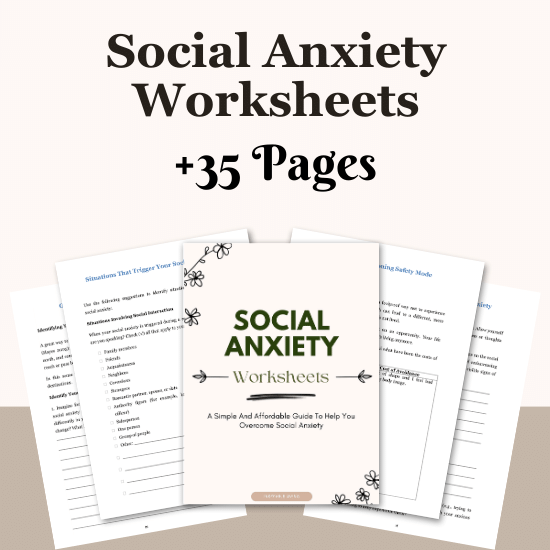
Conclusion
Your physical symptoms are not your enemy — they are signs that your body is trying to protect you. With the right tools and responses, you can ride out the wave of anxiety instead of being overtaken by it. Over time, these symptoms lose their intensity, and your confidence in handling them grows stronger.
